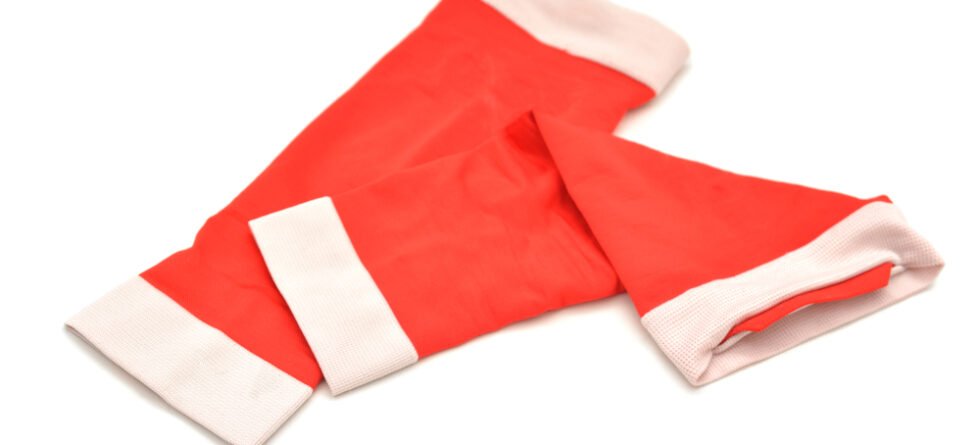Yes, a compression sleeve can be beneficial in managing tennis elbow, also known as lateral epicondylitis. A compression sleeve is a wearable elastic garment that provides gentle pressure and support to the affected area. When used correctly, it can help reduce pain, inflammation, and discomfort associated with tennis elbow.
Here’s how a compression sleeve can help…
- Pressure and Support – The compression sleeve applies uniform pressure to the forearm muscles and tendons, which can help reduce swelling and inflammation around the lateral epicondyle (the bony prominence on the outer side of the elbow where the affected tendons attach).
- Warmth and Circulation – The compression provided by the sleeve can increase blood flow to the affected area, which may promote faster healing and recovery.
- Stability – The added support from the compression sleeve can improve the stability of the elbow joint during activities, reducing stress on the injured tendons and muscles.
- Pain Relief – Compression can help alleviate pain by limiting excessive movement of the inflamed tendons and reducing irritation during gripping and repetitive forearm movements.
Yet, it’s necessary to use the compression sleeve appropriately and ensure it fits correctly to achieve the desired benefits.
Here are some tips…
- Choose the right size – The compression sleeve should fit snugly but not too tight. It should provide support without causing discomfort or cutting off circulation.
- Wear during activities – Consider wearing the sleeve during activities that trigger or worsen your tennis elbow symptoms. It can help support the affected area and reduce pain during movement.
- Follow guidelines – Consult with a healthcare professional, such as a physical therapist or doctor, to get guidance on when and how to use the compression sleeve effectively.
While compression sleeves can provide symptomatic relief, they are not a cure for tennis elbow. For a comprehensive treatment plan, it’s necessary to combine the use of a compression sleeve with other conservative measures, such as rest, ice, appropriate exercises, and avoiding aggravating activities. If the symptoms of tennis elbow persist or worsen, seek medical advice for a proper evaluation and personalized treatment plan.




